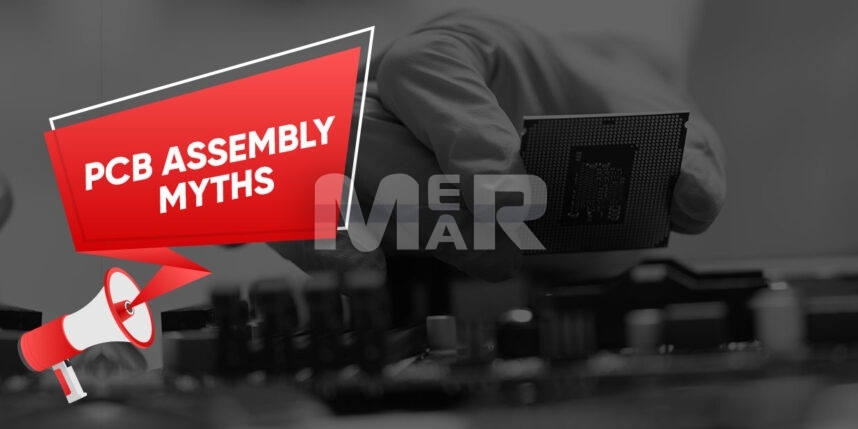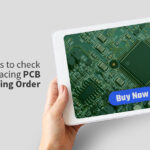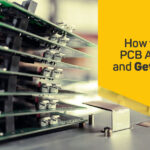Top 6 PCB assembly myths you must know to meet high-quality standards!

Knowledge, as they say, is power. However, this knowledge must be well-founded. There are several myths that also do the rounds, and which are followed without attention can lead to devastating consequences. When these myths have to do with PCB Assembly, one must be quite careful. A well-assembled PCB can make or break your product. Let us look at the top 6 PCB Assembly myths as also debunk them!
PCB Assembly Myths
If these myths are not debunked there is a big chance of costly PCB fabrication errors, production of defective boards & more. So here goes:
#1 Myth: It is all right to place components anywhere on the board
The fact, however, is that components such as resistors, LEDs, transistors, diodes, inductors, capacitors need to be placed at specific locations as per the requisite specifications. Failure to follow these specifications can lead to a whole lot of issues on the board, compromising its functionality.
#2 Myth: Via in pad can damage assembly
Many manufacturers believe in this myth & do not use via in pads on their boards. In doing this they miss several advantages that via in pads offer, namely that they reduce inductance, increase density, and employ finer pitch array packages. It is however important that via in pads are assembled correctly. For example, you need to ensure that plating chemicals do not get trapped while making via in pads. An experienced contract manufacturer will be able to ensure that he is able to reap the advantages offered by via in pads.
#3 Myth: Both prototypes & actual production runs follow the same layout
The fact is that typically for a prototype a through-hole manufacturing process is preferred as quantities are limited and the soldering process easy. When it comes to the actual production, often surface-mount technology is used since it offers a wide range of advantages including but not limited to:
- Improved flexibility, reliability & performance.
- Improved component density that works well with miniaturization.
- It lends itself to the creation of smaller & lighter boards.
- Takes away the need of drilling of holes.
- It lends itself to automation.
- Offers ease of assembly.
#4. Myth: Trace widths cannot be less than 3 mils
While this may have been a fact in the early days of PCB manufacturing, it is not true anymore. With advancements in PCB Assembly, it is entirely possible to go with trace widths smaller than 3 mils.
#5. Myth: The right current delivery is not crucial
The fact however is that to ensure the performance of the board, right current delivery is extremely crucial. Some parts require more power than others & this aspect needs to be considered during the early assembly stages.
#6. Myth: A beautiful design is everything
A beautiful design can have PCB designers quite excited. After all, if you can have any track width, spacing and more, it does offer you a certain freedom. The fact, however, remains that the design needs to consider a host of real-world limitations, especially those to do with PCB Assembly. The design must lend itself to ease of assembly as otherwise it can lead to real world issues that can have an implication for functionality as well as for the cost.
To sum up
While it is important to be aware of the facts to do with PCB assembly so that proper quality standards can be maintained, it is equally important to go with a PCB assembly partner who is equipped with industry best practices and who does not need to waste a lot of time for no reason.
It is best to go with a partner who can not only help you with your prototype but who is also well-equipped to handle high-volume runs. Mer-Mar Electronics also provides high-volume PCB assembly and other PCB services like PCB fabrication, PCB designing, and prototyping services. Just fill out the form to get a quick PCB quote now.








